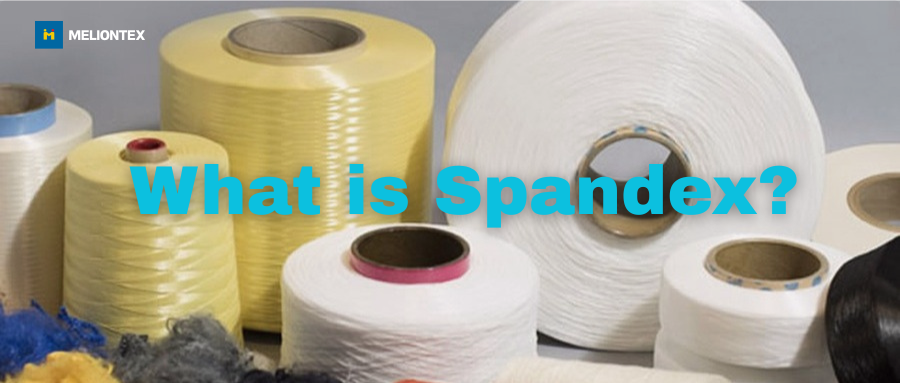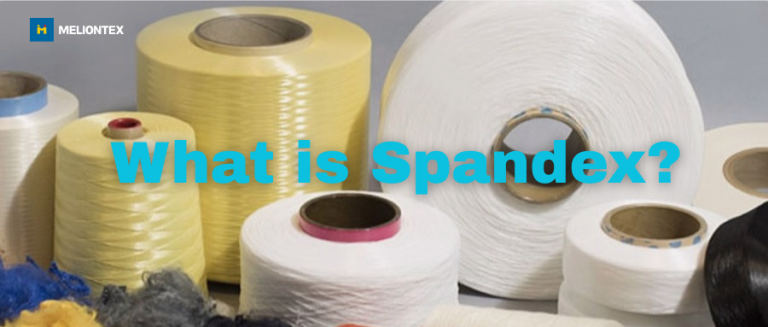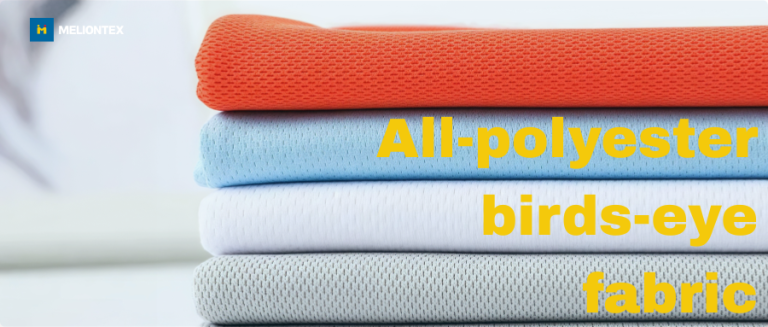What is spandex fabric?
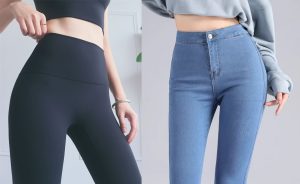
01 The “past life” of spandex
From the laboratory to the wardrobe of the reverse spandex scientific name is polyurethane fibre, the earliest by the German Bayer company in 1937 research and development, in 1959 by the United States DuPont company to achieve industrial production, and with the brand name of ‘Lycra’ (Lycra) is known around the world.

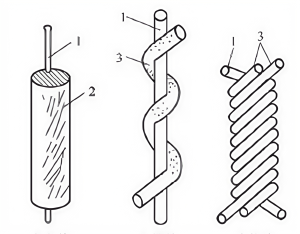
02 Why it’s the ‘Transformer’ of fabrics
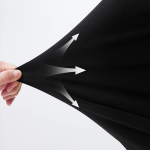
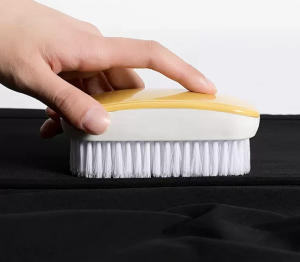
Invisible partner, versatile master Spandex can’t be made into fabric alone, but it can be blended with any fibre such as cotton, linen, silk, polyester, etc., and it only needs a ratio of 1%-10% to significantly improve the performance of the fabric. For example, blended with cotton T-shirt more fit and breathable, blended with wool suit more stiff and wrinkle-resistant, and even in the medical elastic bandage, spandex can also provide just the right amount of support.
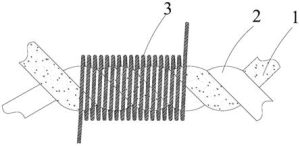
03 These shortcomings you must know
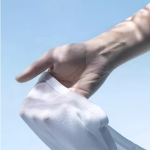
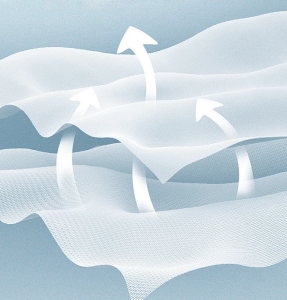

04 Selection & Maintenance Guide
- Look at the label, identify the content of everyday clothing spandex content is usually 5% -20%, sportswear up to 30% or more. Choose according to the use of judgement – shapewear can choose high spandex content, daily clothing needs to balance the elasticity and breathability.
- Wash smartly to prevent deterioration – Use neutral detergent and avoid mixing with rough clothes in machine washing; – Turn the garment inside out and tumble dry or tumble dry at low temperature; – Iron with a damp cloth at a temperature of not more than 150°C.
- Store in a dry and ventilated place Moisture may cause spandex fibre to become mouldy, it is recommended to store in a breathable dust bag when not worn for a long time.

INTERACTIVE TOPIC


